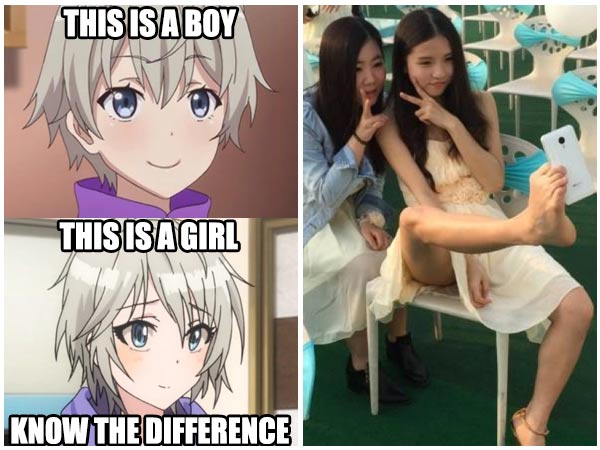A few notes about the brand-new J-List website:
- subscriptions (both magazine and snacks) are currently off the site but will be restored soon, all subscriptions are still live and will be processed normally
- customer history will be imported from the old system over the next week or so (so don’t worry)
- not all products are uploaded to the site, so if you see anything you think is missing, ask us
Although Japan is fond of pretending it’s a European country, it’s actually a very Asian place, and one of the things I’ve enjoyed about living here has been sampling the wider Asian culture around me. There are naturally many stereotypical “Asian” things Japanese do, like eating rice with almost every meal, avoiding the number 4 because it means “death,” holding one’s ancestors in high esteem and taking “extreme” selfies. The “Tiger Mother” tradition is strong here, and my wife made sure our kids were exposed to piano, flute, traditional brush calligraphy, karate and a host of other activities at a young age. She described this as “creating empty drawers in the children’s heads, which they could then fill with knowledge and experiences later in life.” On my son’s first birthday, my family did a very Asian thing: they tied heavy mochi rice cakes to his body then placed an abacus, a dictionary, a ball and some money in different corners of the room. Depending on which object he went for, we could know what his future would be, e.g. a merchant, an athlete, a scholar, or a wealthy man.
One of the more unusual aspects of Japanese popular culture is the number of stories featuring characters of questionable gender, including boys pretending to be girls (男の娘 otokonoko), girls pretending to be boys (男装 danso or “reverse traps”), and various other forms of genderbending. These characters have become a staple of anime and manga plots, and whenever there’s a harem story with two “male” characters in an otherwise all-female setting, it’s usually the case that one of them is secretly a girl. Japan’s tradition of men performing as females goes back to the Edo Period with Kabuki plays in which male actors filled all parts, including the female roles (onnagata), which they do with great skill. Women got their revenge for being banned from the stage for two centuries with the founding of the Takarazuka Revue in 1913, which feature extravagant musical productions with all-female casts, including talented ladies playing handsome male roles like Rhett Butler, which is pretty damn hot. I’m absolutely convinced that the tendency of the current generation of anime-exposed young people to be cool with gender and orientation issues is in part due to being raised on anime stories involving non-standard roles and relationships, such as a certain pair of “cousins with benefits” from Sailor Moon.

J-List loves to stock fun cosplay products, including a hugely popular line of items for fans of otokonoko crossdressing. We’ve got a huge selection of items, from school uniforms to shimapan to the new open-zipper performance swimsuit that will probably sell out again soon. These cosplay items are also fine for girls who may need a more realistic size.
















